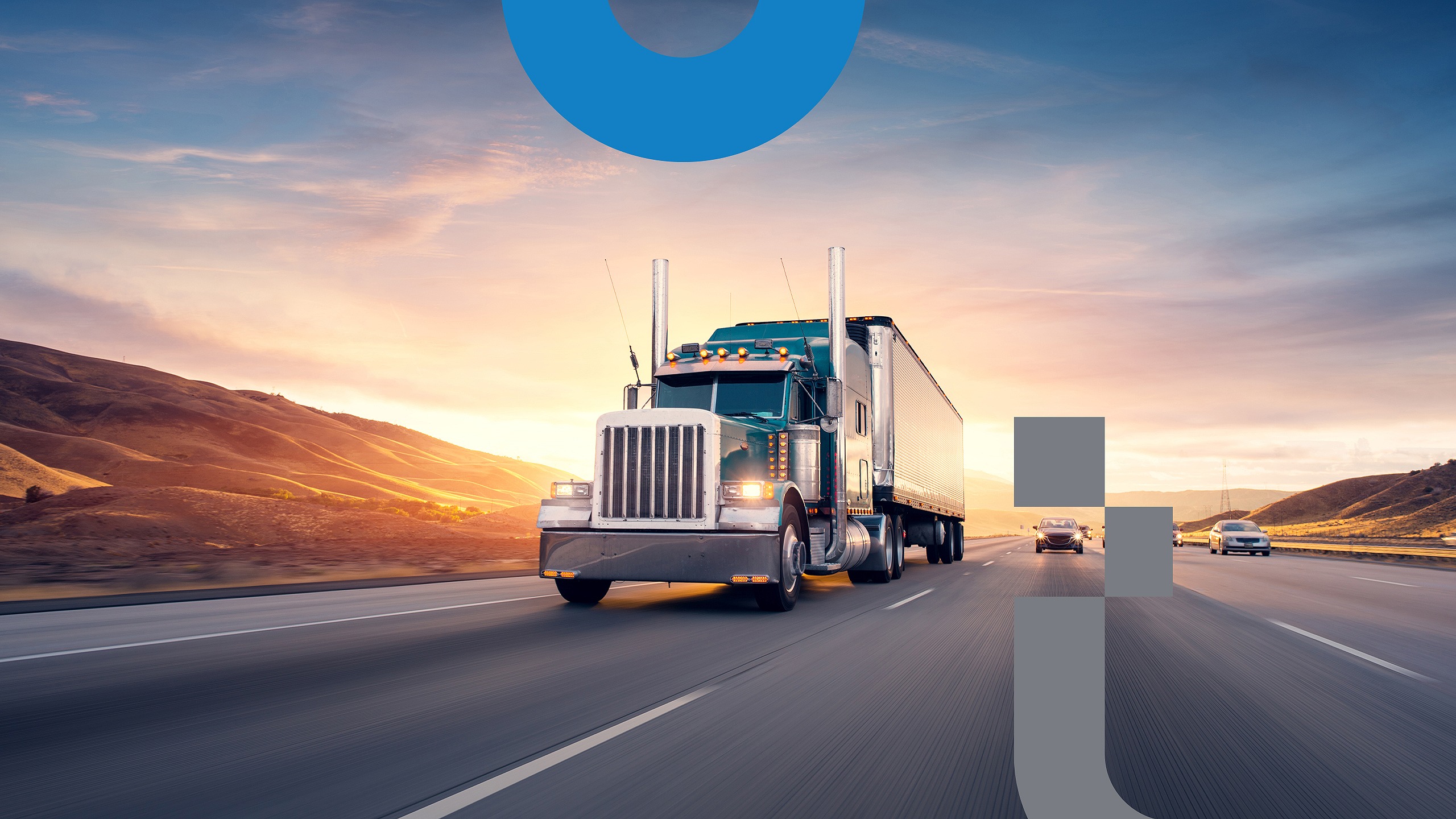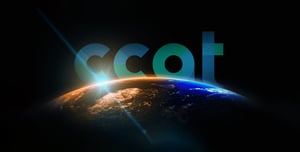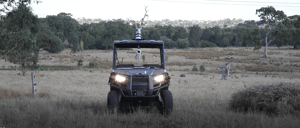
Transport has changed. Connected and automated transport has arrived.

Transport has changed. Connected and automated transport has arrived.
Upcoming Events
Stay informed about the latest advancements and innovations in connected and automated transport with CCAT''s upcoming events. Explore opportunities to engage with experts and thought leaders driving the future of transportation technology.

A lunch with the CCAT Board and other senior transport leaders. The lunch will be an opportunity to present CCAT’s priorities and discuss the future of connected and automated transport with other industry leaders.

CCAT Member EastLink will officially launch their latest ‘Victorian Self-Driving & Electric Car Report’, giving you early access to the latest trend data on public attitudes towards automated vehicles.
Register
An event where you can learn all about the future of placeholders
A co-ordinated vision for automated transport in Australia.
It aims to move Australia and New Zealand safely and successfully into the era of connected and automated transport.
CCAT has two key objectives:
- Provide a strategic vision for the infrastructure that supports connected and automated transport in Australia and New Zealand.
- Be the public champion for the transition to connected and automated transport in Australia and New Zealand.
CCAT is a hub through which government, industry, academia and community bodies with a common interest in facilitating Australasia’s transition to connected and automated transport can work together to make this happen.
Getting the transport infrastructure – both physical and digital – right.
Generating solutions for the challenges which will arise with new ways of moving people and freight.
Bringing the community along for the journey.
Making sure all of this is done safely and successfully.
CCAT is a membership organisation, open to all those companies with a stake in Australia and New Zealand’s transport future. Transport agencies within government, innovative local Councils, industry participants big and small, technology and motor manufacturers, mining companies, the agricultural sector, researchers, next-gen technology developers and start-ups are invited to be part of shaping the future – and the ‘now’ – of movement.
CCAT is the home, and a new, united voice, for those interested in discussing, generating and implementing the solutions and policies needed for connected and automated transport in Australia and New Zealand.

Maximising the potential of connected and automated transport
The Centre for Connected and Automated Transport is spearheading a strategic initiative to advance the transition to connected and automated transport in Australia.

International Outreach
All the information you need for CCAT's first ever International Outreach taking place 5-16 June
Upcoming Events




What is CCAT?
The Centre for Connected and Automated Transport (CCAT) is a collaborative partnership between government, industry, academic and community bodies to champion the implementation of automated transport in Australia and New Zealand.
CCAT operates under the auspices of ARRB and NTRO. It is managed by an Executive Director accountable to a Board of industry and government directors.
CCAT is not an industry interest group. It does not seek to advance the commercial interests of its members through favourable policies or lobbying. CCAT is entirely driven by the public interest and is a not-for-profit body.
Why CCAT is important.
The global autonomous vehicle industry is expected to be worth $US2,000 billion by 2030, according to market research giant Allied Market Research.
Locally, the economic benefits for Australia from connected, autonomous and automated vehicle markets are estimated to be $A95 billion per annum, including the creation of 16,000 jobs and saving more than 1,000 lives and preventing many more serious injuries on our roads.
The Centre for Connected and Automated Transport (CCAT) will assist Australia and New Zealand to become world leaders in development and deployment of driverless technology.
We also understand that automated transport is not just about roads. The benefits are for any sector involved in transport and transport operations.
Imagine what properly developed, safely deployed, connected and automated transport solutions can do for industries such as mining and agriculture.
-
Australia and New Zealand gets the transport infrastructure – both physical and digital – right
-
Solutions are generated for the challenges which will arise with new ways of moving people, freight and industry
-
Safe, successful deployment of connected and automated technology which will heavily reduce the death toll and physical trauma currently on our roads
-
Proper regulatory processes to manage the new generation of roads are promoted and adopted at all levels of government
-
Key Australasian industries, including mining and agriculture, become more efficient as a result of the transport revolution
-
We stay in touch with world’s best practice through constant liaison with governments, industry and universities outside Australia. CCAT will co-ordinate regular international workshops and study tours.
-
Ensure worker safety whenever connected and automated transport is involved
Despite the best efforts of policy makers and industry, Australia and New Zealand are yet to agree on a national vision for their automated infrastructure, let alone freight corridors, uniform standards and digitisation. Governments, community organisations and industry have had little success in working together on agreed agendas. That is the ultimate justification for CCAT and forms the core of its mission.
CCAT will drive a new agenda to deliver a step change in road safety outcomes, manage the rollout of new drive train technology, ensure that infrastructure is enhanced to support this change and engage with manufacturers and the community about the technology changes that will impact our journeys and industry in a positive way.
CCAT is primarily concerned with the application of the technology to transport, rather than the development of the technology itself. Industry is charging forward with the technology. Australia and New Zealand need to be prepared to receive it.

Our mission is to facilitate Australia and New Zealand’s transition to a connected and automated transport future.
Our goals


